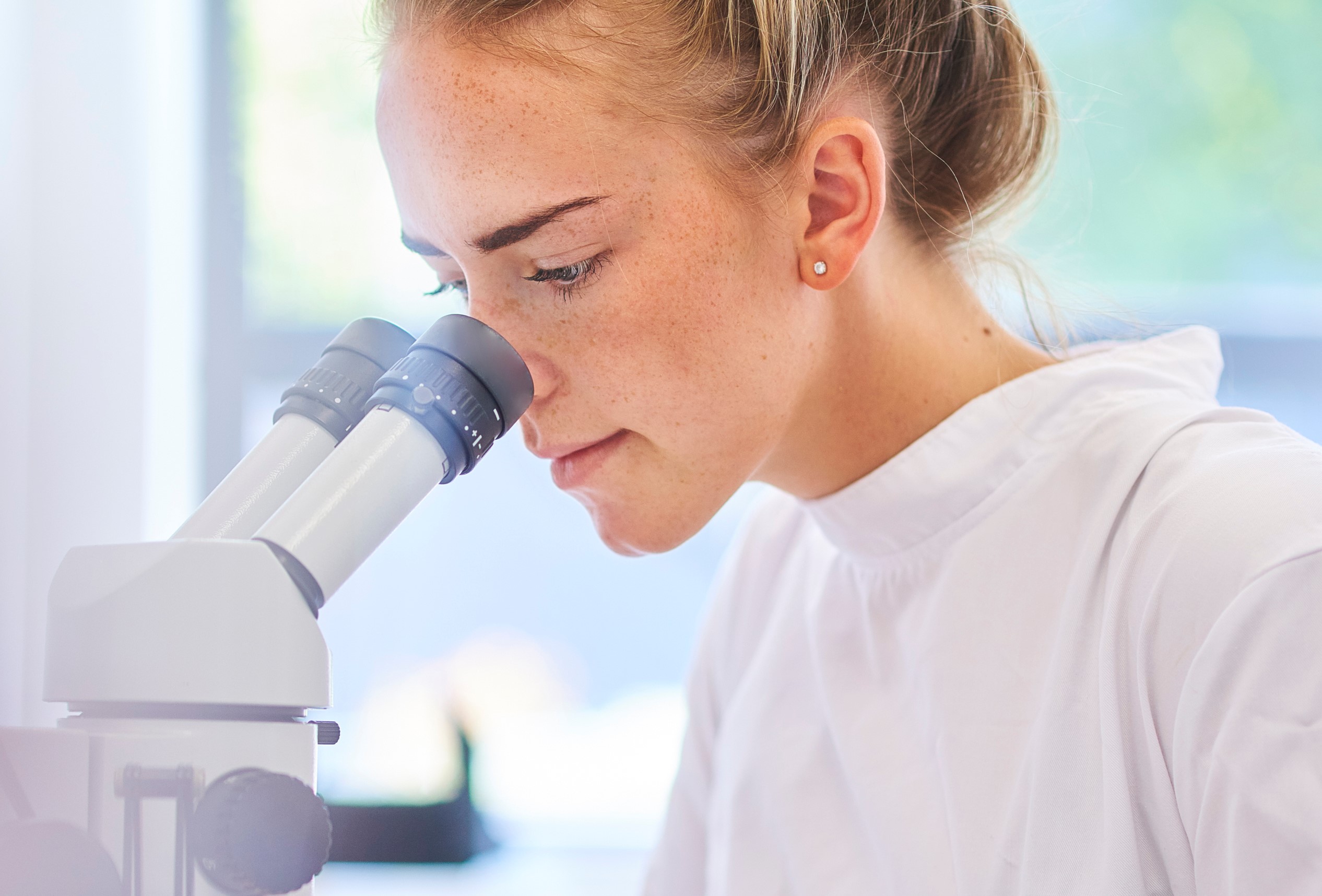
Evaluation of keratin biomaterial containing silver nanoparticles as a potential wound dressing in full-thickness skin wound model in diabetic mice
DESCRIPTION
Keratin is a cytoskeletal scaffolding protein essential for wound healing and tissue recovery.
The aim of the study was to evaluate the potential role of insoluble fur keratin-derived powder containing silver nanoparticles (FKDP-AgNP) in the allogenic full-thickness surgical skin wound model in diabetic mice. The scanning electron microscopy image evidenced that the keratin surface is covered by a single layer of silver nanoparticles.
Data obtained from dynamic light scattering and micellar electrokinetic chromatography showed three fractions of silver nanoparticles with an average diameter of 130, 22.5, and 5 nm.
Microbiologic results revealed that the designed insoluble FKDP-AgNP dressing to some extent inhibit the growth of Escherichia coli and Staphylococcus aureus.
In vitro assays showed that the FKDP-AgNP dressing did not inhibit fibroblast growth or induce hemolysis. In vivo studies using a diabetic mice model confirmed biocompatible properties of the insoluble keratin dressings. FKDP-AgNP significantly accelerated wound closure and epithelization at Days 5 and 8 (p < .05) when compared with controls.
Wound inflammatory response based on macrophages favors tissue remodeling and healing.
In conclusion, the investigated FKDP-AgNP dressing consisting of an insoluble fraction of keratin, which is biocompatible, significantly accelerated wound healing in a diabetic mouse model.